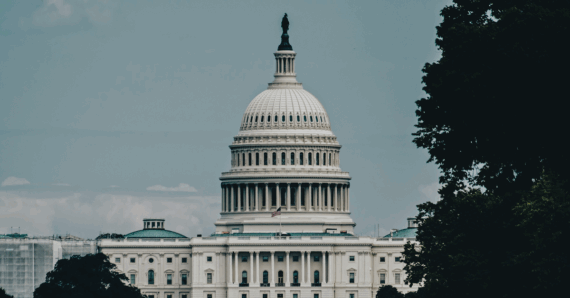Summary
A one-page fact sheet for hunger in the United States, and for each state plus Washington, D.C. Each fact sheet provides these indicators of hunger and poverty: the proportion of households in the state that struggle to put food on the table, the number of people living in counties with poverty rates of 20 percent, the number of veterans living below the poverty line, and more.
Ending Hunger by 2030
The United States has made significant progress against hunger and poverty over the past 50 years. But too many people are being left behind. Ending hunger and poor nutrition in the U.S. calls for comprehensive strategies that promote racial, gender, and class equity and take into account differences in personal, family, and community circumstances. Even more important, it requires the political will to turn these ideas into legislation. The United States should:
- Create jobs that pay
Millions of workers are paid so little that they cannot feed their families. The best, most lasting way to end hunger is to ensure that people have access to jobs that pay enough to support their families. The United States can move in the right direction by making essential improvements through legislation and policies. - Invest in people
To be successful, people must have access to the tools they need. Government plays an important role in ensuring that everyone has their basic needs met and benefits from equitable opportunities. Targeted investments should be made in communities with the highest hunger rates. - Strengthen the safety net
Most people need some help at some point in their lives and everyone should have access to help in hard times. The United States should strengthen national nutrition programs such as school meals, summer meals, SNAP, and WIC. Essential social programs should be a consistent national priority and they should be provided in an equitable manner. - Remove obstacles to earning a decent living
Discriminatory practices should be ended and the playing field should be leveled for communities at higher risk of hunger by providing targeted support. These include people of color, women, and children, particularly women and children of color. Laws against racial, gender, and other forms of discrimination should be enforced, and a racial, gender, and class equity lens should be applied to all nutrition, anti-hunger, and anti-poverty programs and policies


